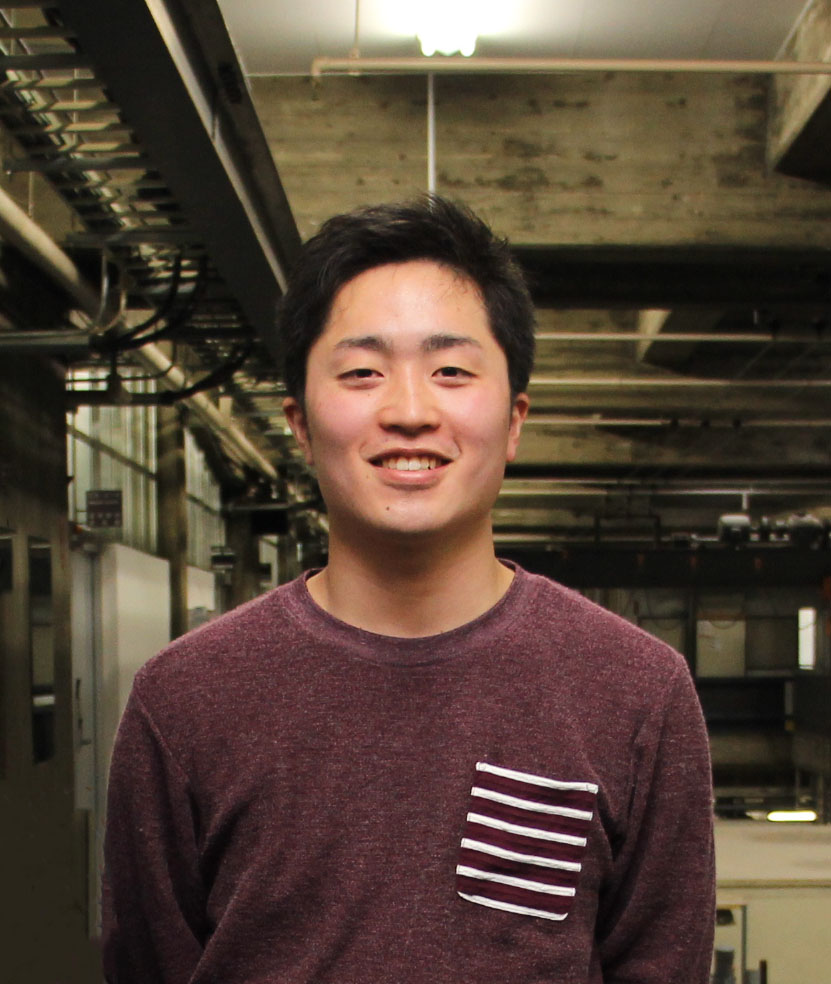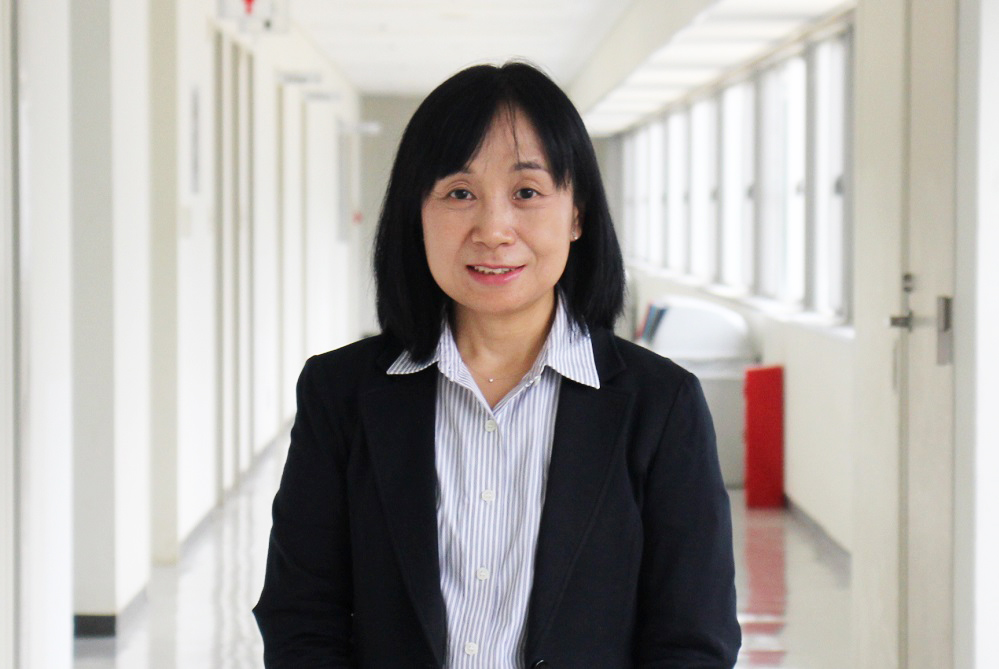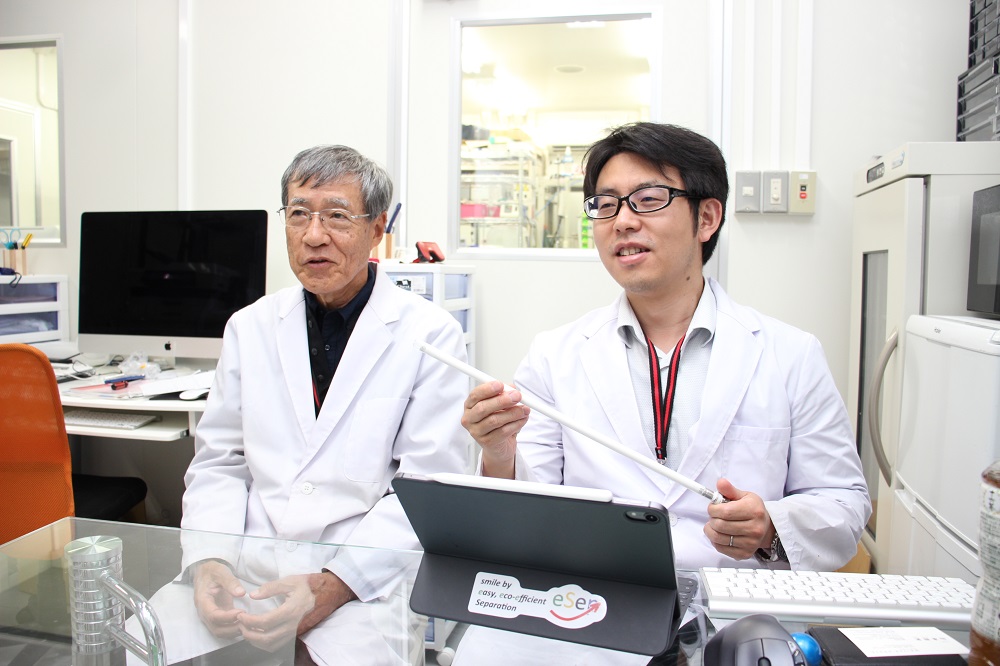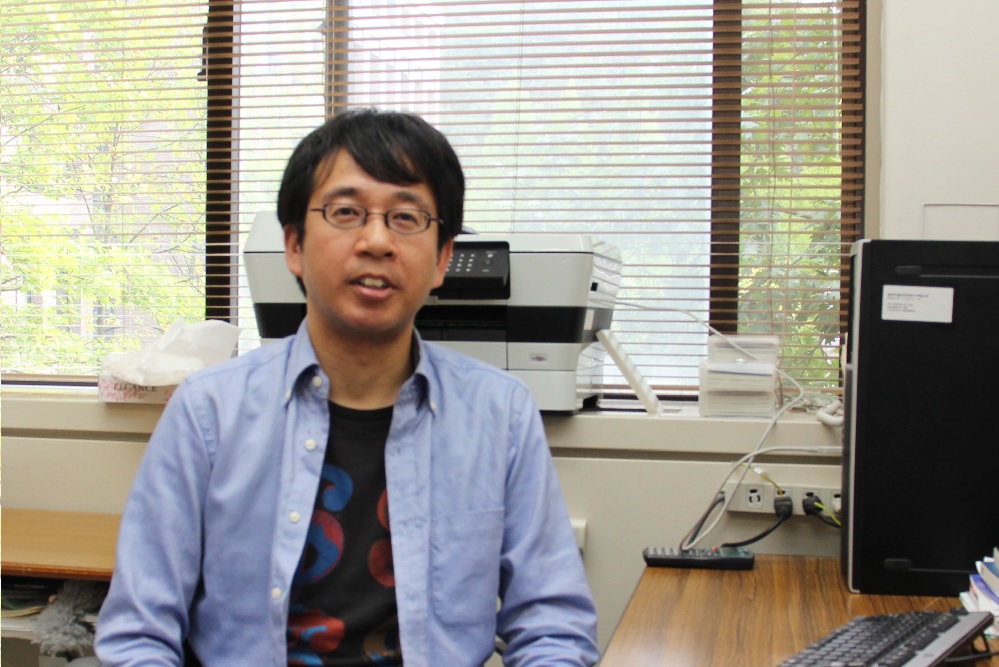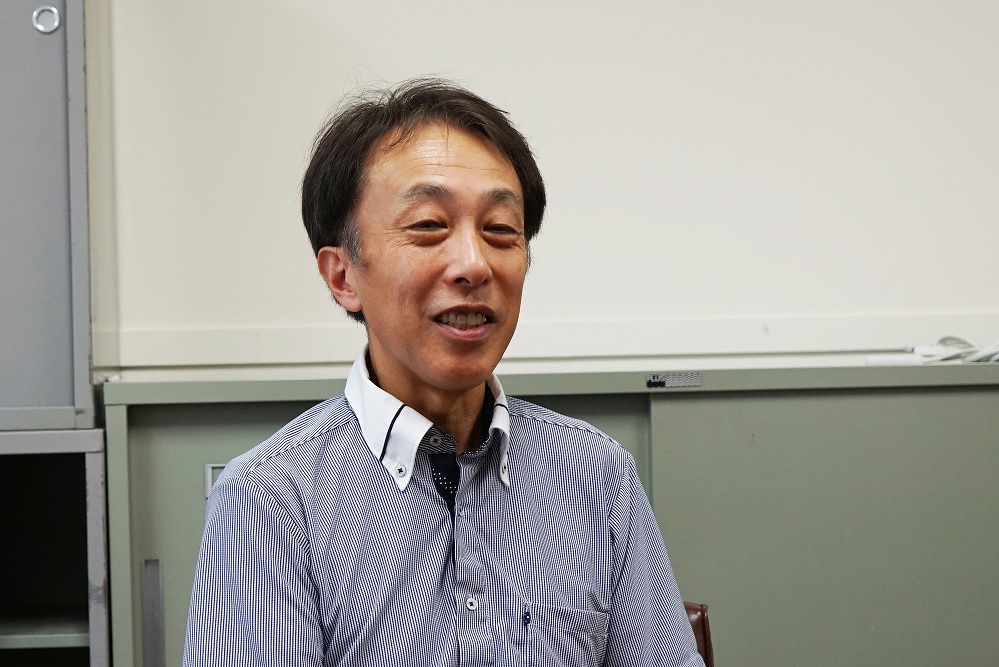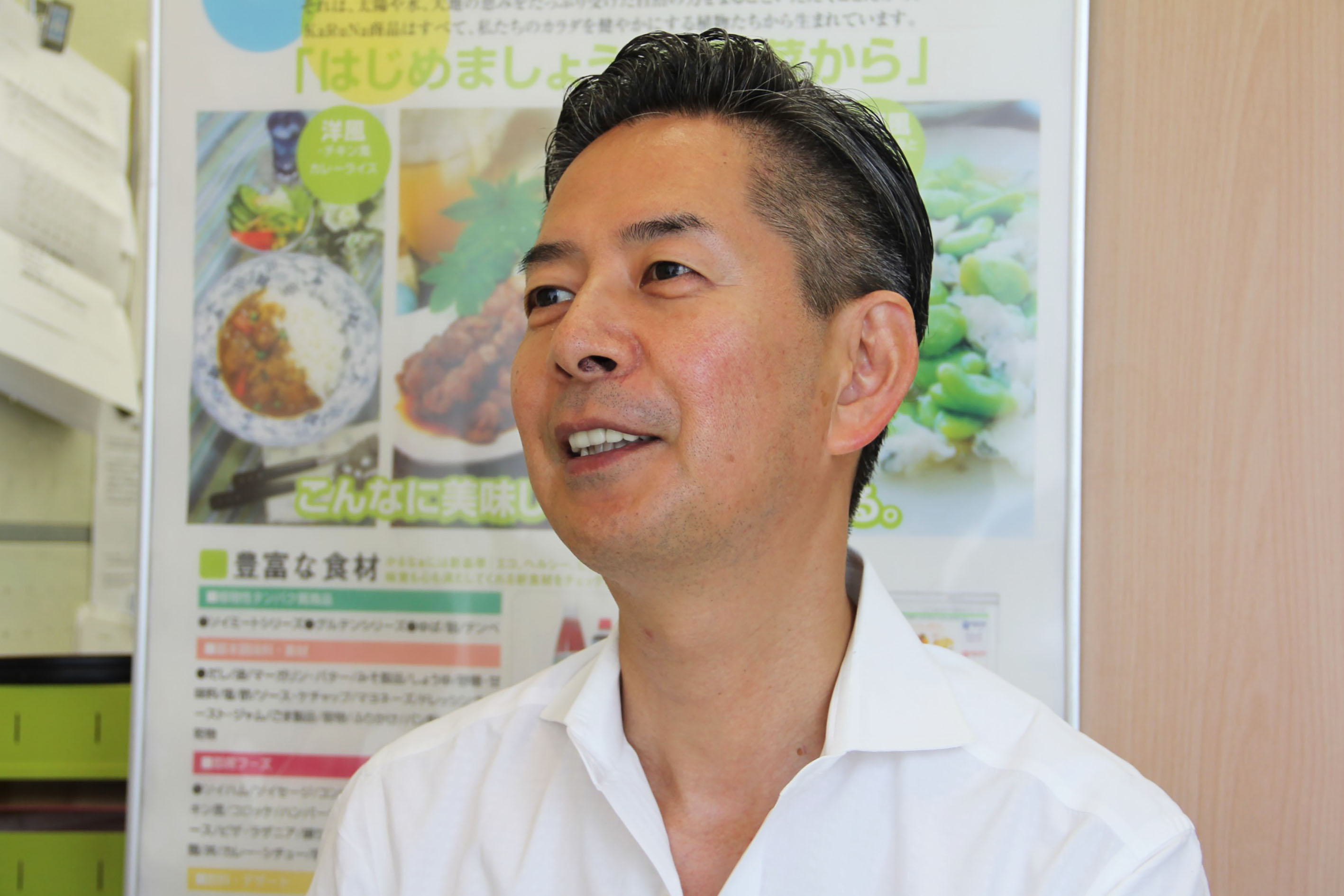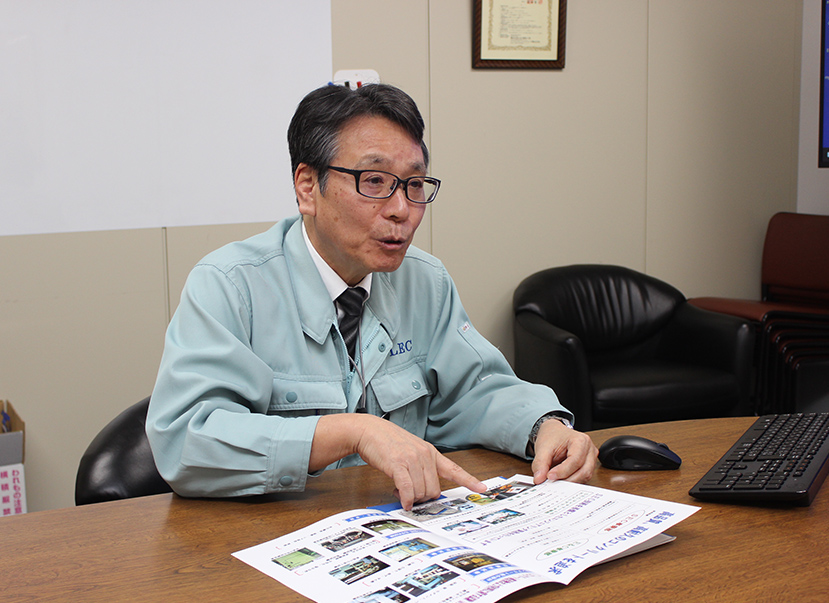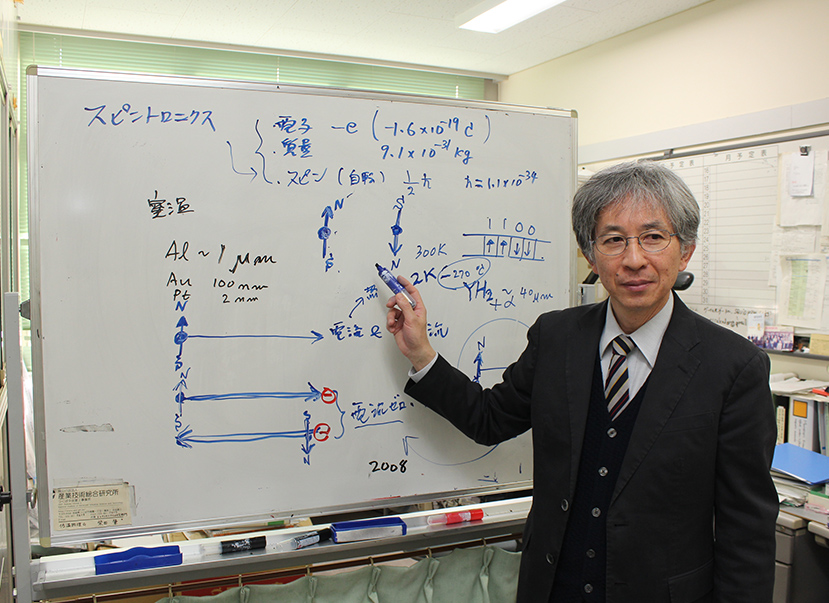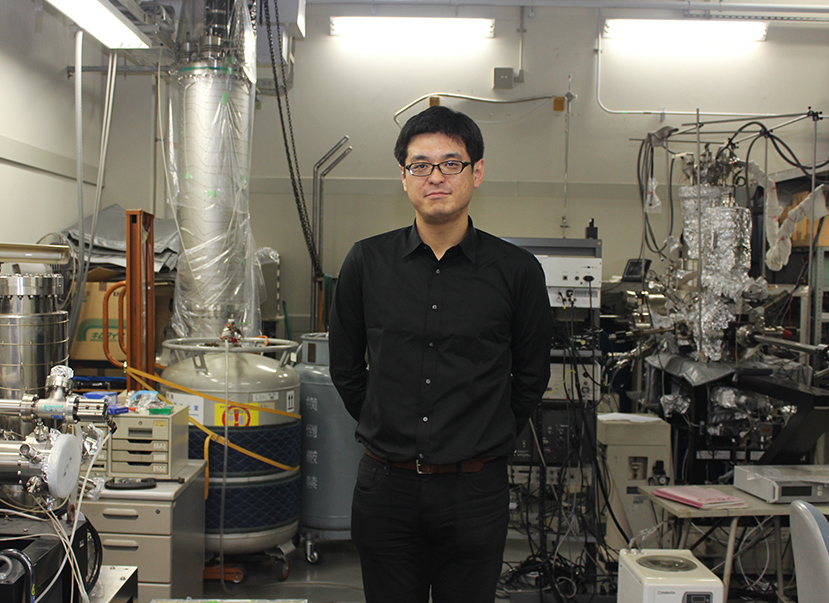User Interview
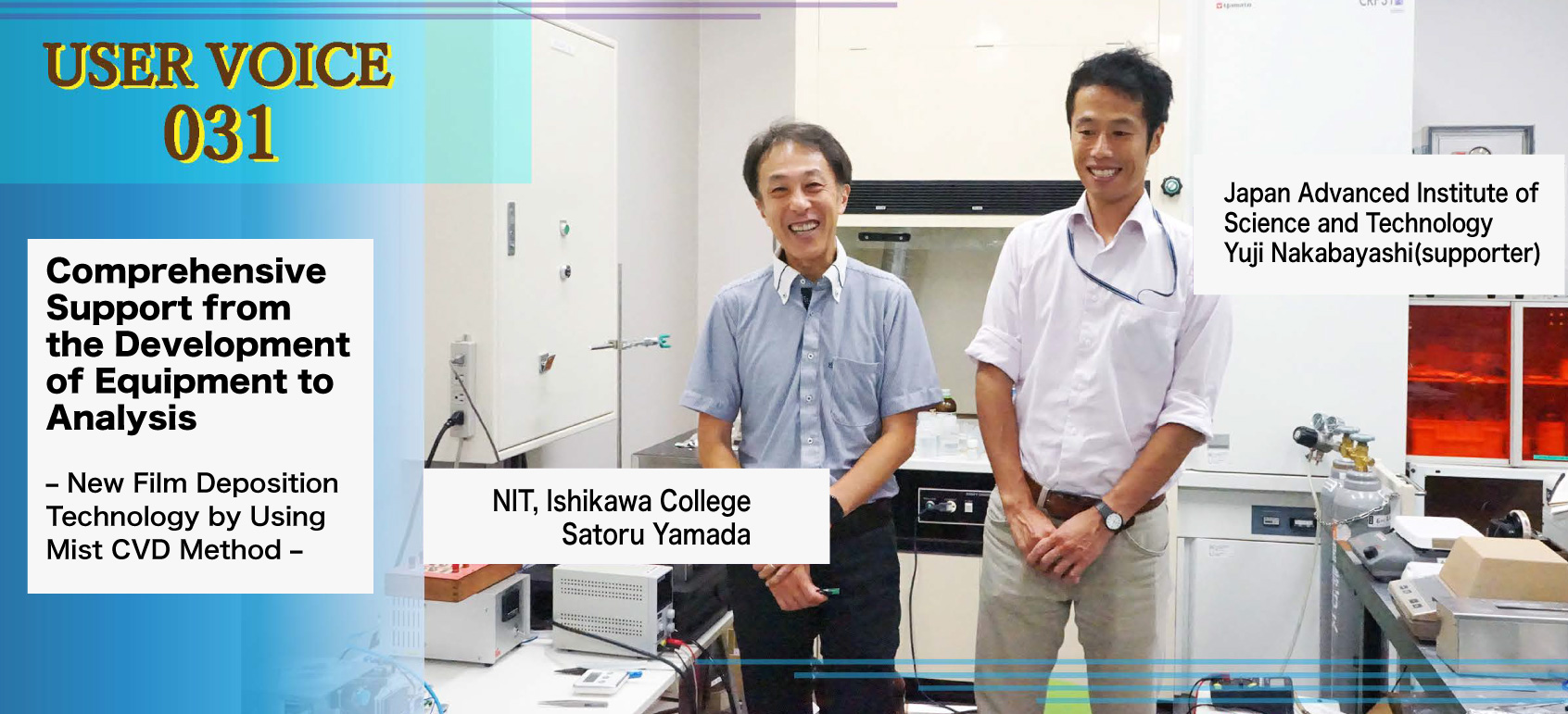
―Mr. Yamada, first, please tell us about your research?
Yamada: I was doing research on the development of gallium oxide films and crystal growth. These materials might be applied to power devices. I have repeatedly carried out film deposition experiments with students. In the laboratory, chemical vapor deposition (CVD) equipment is available as film deposition equipment. But you need to evacuate air from the inside of the chambers and it takes a lot of time. This was a drawback. It takes time to prepare even one sample, but in the college of technology, the time for students to carry out experiments is limited. So, it was difficult to push forward with the research.
―The environment for experiments is different between colleges of technology and universities, isn’t it?
Yamada: It is important to consider the characteristics of the college of technology for any research subject. When the given research subject requires cutting-edge equipment or facilities as can be found at universities, it would not be appropriate. It is important to set the research subject in consideration of the education of the students. This development of the equipment, which was supported by JAIST, was a very good research subject considering these perspectives.
―In FY 2018, you used JAIST on a trial basis. What made you use it?
Yamada: It all started when I was told from one of the teaching staff at Kanazawa University, which was a research partner, that Mr. Nakabayashi of JAIST was doing research on the mist CVD method. Until now, we have been doing collaborative research.
Nakabayashi: JAIST allows technical personnel to improve skills by themselves. Currently, my research subject is functional thin films using the mist CVD method. Several years ago, I visited a university where the teaching staff were pioneering this technology, so I was fascinated by the characteristics of the film deposition method. So after coming back to JAIST, I developed my original equipment. This time, I accepted a request from the National Institute of Technology, Ishikawa College, making use of this experience.
Yamada: Unlike typical CVD equipment, mist CVD equipment is able to achieve film deposition at atmospheric pressure. That is, it takes a short time to achieve film deposition, has a simple system, and has an element of equipment development. That is why I thought it was perfect for research at the college of technology.
―Currently, the Mist CVD Method is Getting Attention―
Yamada: At the conference of the Japan Society of Applied Physics (JSAP) last fiscal year, many people came and asked questions about the posters by laboratory students. I felt that it was attracting great attention.
Nakabayashi: The mist CVD method is attracting attention as one of the next generation film deposition methods. Currently, publication of the research results using this method has been increasing.
―Comprehensive Support from the Development of Equipment to Analysis―
Yamada: JAIST provided support not only for equipment development but also for XRD and TEM observations. In particular, regarding the TEM observations, they took a long time to prepare samples through a trial and error process, and the results were presented at a conference. The college of technology does not have large equipment like TEM, so it was very helpful.
Furthermore, JAIST technical staff have a wide range of knowledge. So I feel I was able to gain a lot of insight by using the system this time.
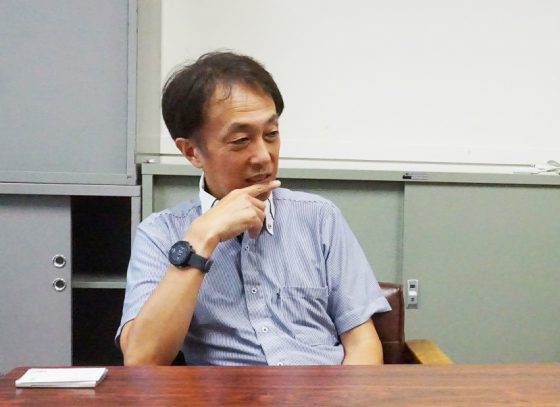
―Support from the Technical Personnel―
Yamada: It is true that nearby universities have a system for common use of the equipment, but we were hesitant to use the equipment with the teaching staff. In JAIST, exclusive technical personnel are available, so it was an environment where it was easy to consult them. I will continue to maintain a close relationship with the technical personnel about research.


